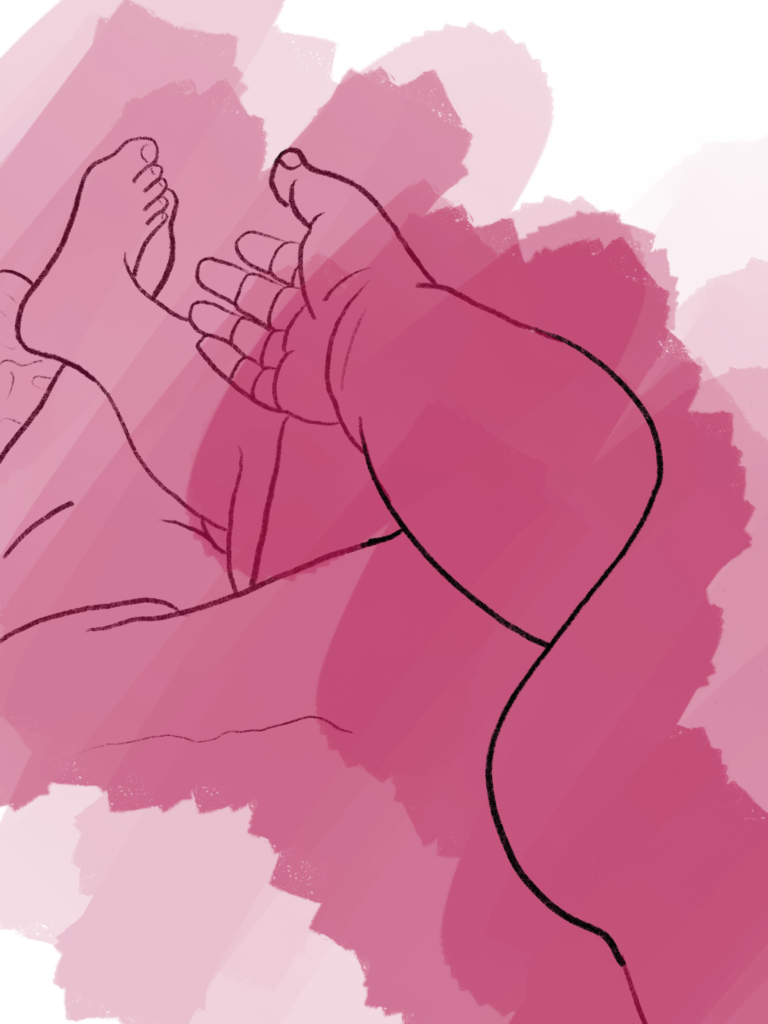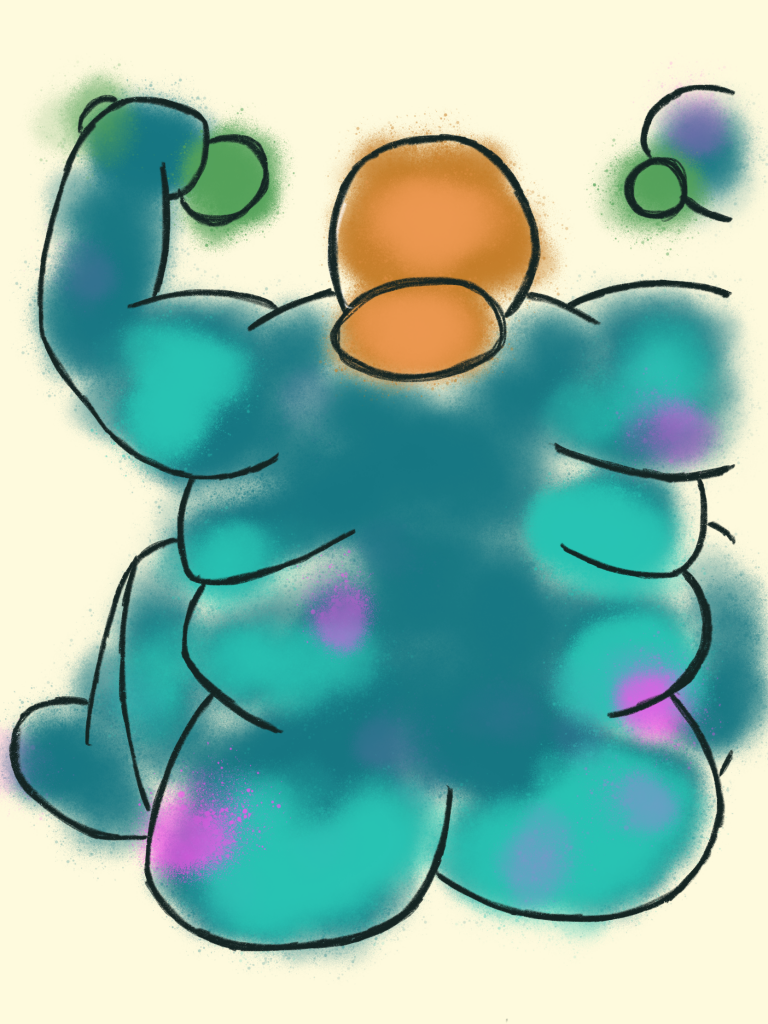Exceptional Norms: Marginalised Bodies in Interaction Design
The development of wearable technologies is largely driven by assumptions on how bodies look like, excluding those who do not fit normative expectations. Women and non-binary people have been systematically excluded and are often only represented as an afterthought of technology design concerning human bodies. This project makes three contributions to current research and design: 1) provide a critique on body assumptions in technological research, which helps to identify gaps in research driving not just this, but potential future projects; 2) together with marginalised people, identify the potential of wearables from their perspective; 3) develop a public and a private technology addressing those potentials. By fulfilling these goals, it will add to an understanding of how technological design can be more equitable and effectively meet the complex challenges it aims to address. See more info at the dedicated website here. — independent, funded by FWF (Hertha-Firnberg Programme)

The Value of Play for Young Neurodivergent People
The project aims to explore how young neurodivergent people engage with digital games through participatory exploration of play and game design. The project will ask player-centred questions around the design of game interfaces, mechanics, and choice of genre, and it will explore wider questions around the inclusive qualities that games can have to enable young neurodivergent people to participate in play. Through examination of the interplay between cognitive player abilities and their engagement with games, the project will not only contribute to game accessibility research and support work of researchers and designers in this space, but also benefit neurodivergent players and foster our inclusion in wider society through play. — with Kathrin Gerling (KU Leuven) & Fares Kayali (Universiät Wien)

Body Positive Computing
Most body and fitness related technologies come with inherent assumptions of how the bodies of people using them should ideally be shaped and function. For example, a majority counts steps, which makes them unusable for wheelchair users. The ideal figure drawn in this context is often white, male and slim — indicating that those are the signs of a healthy body. To further exacerbate the issue, most technologies, particularly trackers, assume constant progress without appreciating the efforts many people undertake to minimise a decline or considering that rest days after intense workouts are necessary for sustainable muscle gain. Instead, weight loss and constant levels of engagement are valued as a default. In a participatory design endeavour together with people outside of the scope of traditional body focused devices and applications, I want to find out alternatives to the normative design they currently embody. A body-positive fitness tracker, for example, acknowledges the different goals different people might have when self- tracking. As a critical design intervention, the project raises practical questions about the normative assumptions built into self- tracking technologies and serves as a reflection for developers and researchers.

